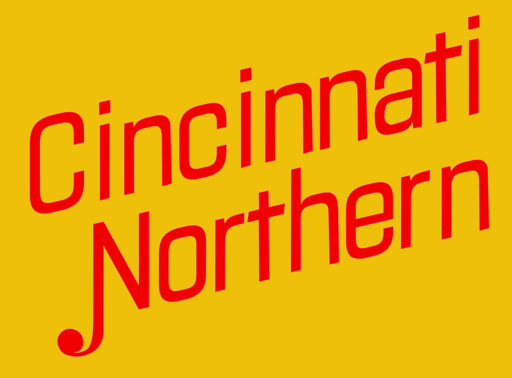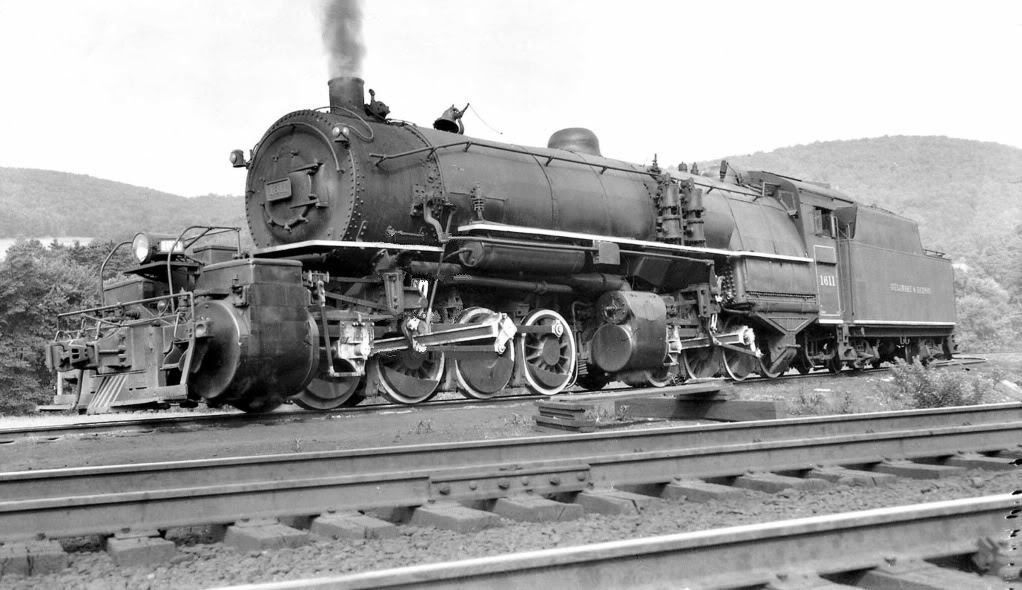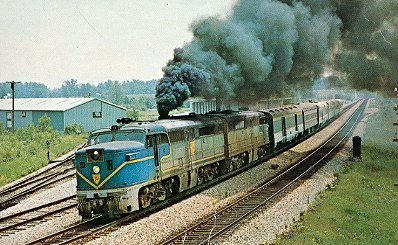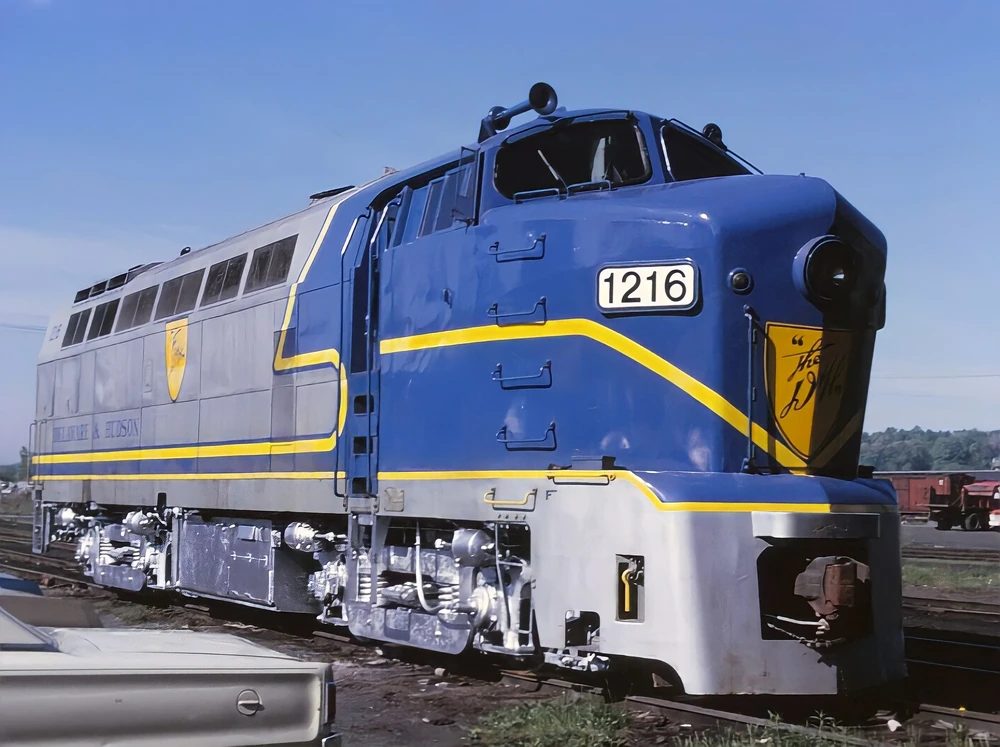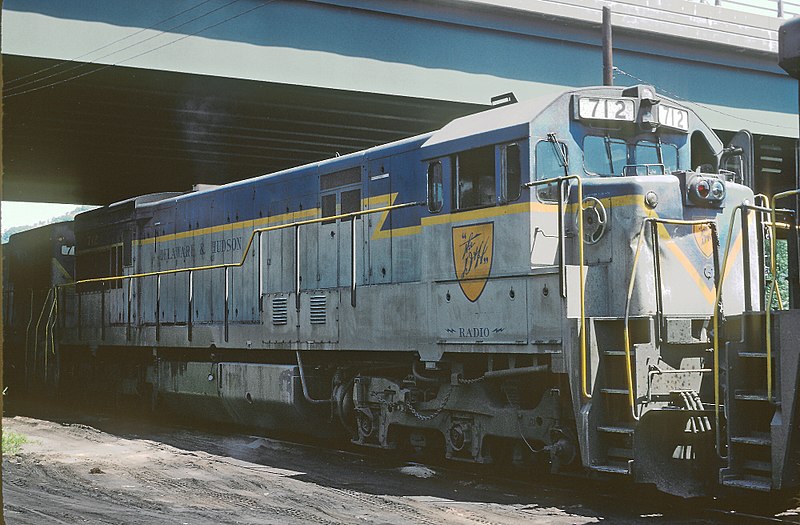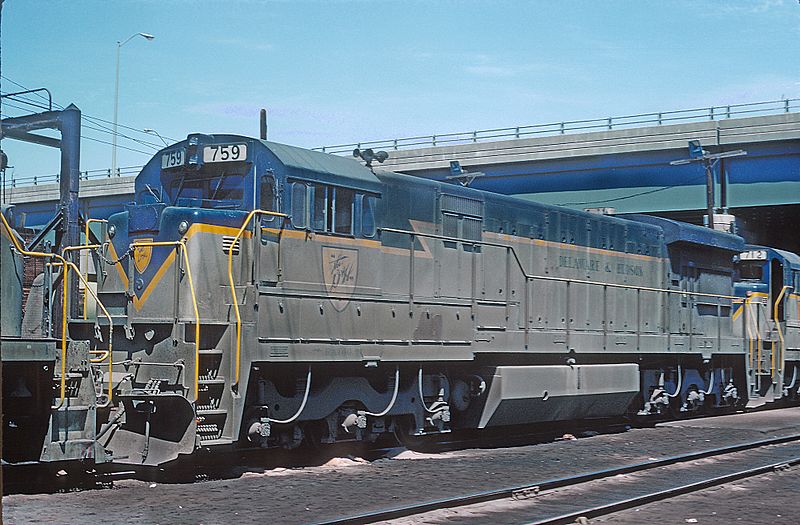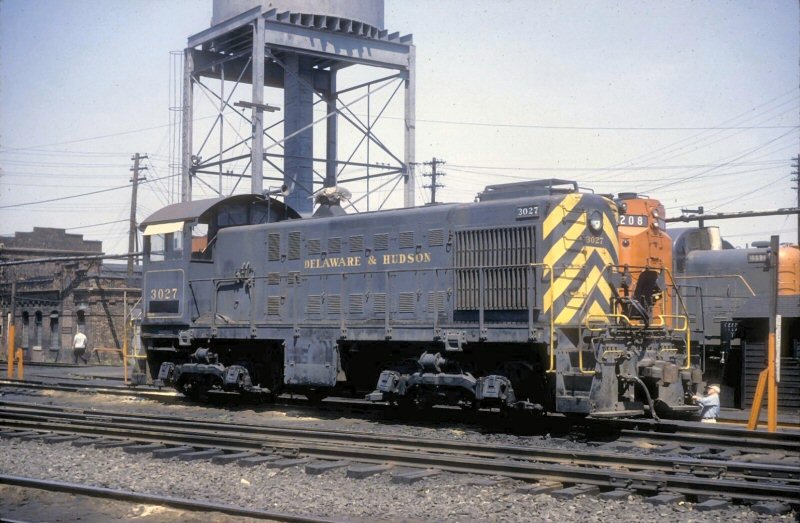The Delaware & Hudson Railway
On December 1, 2000, the flag of North America’s oldest transportation company finally fell. The name with the longest continuity in the U.S. transportation industry-Delaware & Hudson-ended after 177 years on December 1, 2000, when the Canadian Pacific Railway obtained authority to operate the D&H property under the CPR name. The D&H was founded as the Delaware & Hudson Canal Co. in April 1823 to build a canal to transport coal from its mines in northeastern Pennsylvania to New York City. As the railroad industry evolved in the 1830’s and ’40’s, it began marketing its coal by rail, finally selling the waterway in 1898 and dropping “canal” from its corporate title.
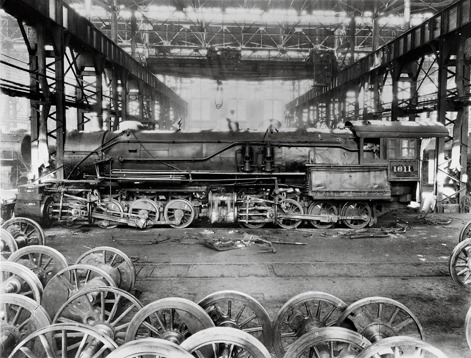
I found this relatively modern pic of D&H #1611 in the shop which got me thinking about the D&H. The Class H, 0-8-8-0, lead me to an interesting fact about the Delaware & Hudson. While the B&O was the first railroad company in the US, the D&H existed as a canal company (Delaware & Hudson Canal Co.) since 1823 moving coal in canal barges. With the 1830s and 1840s development of the railroads, both the demand for coal was increasing, and the rails proved to be an alternate way of transporting the coal. So, the D&H started moving into rail transportation. “Canal” remained in the company name until 1898 when it sold off its waterway and dropped “Canal” from its corporate title.
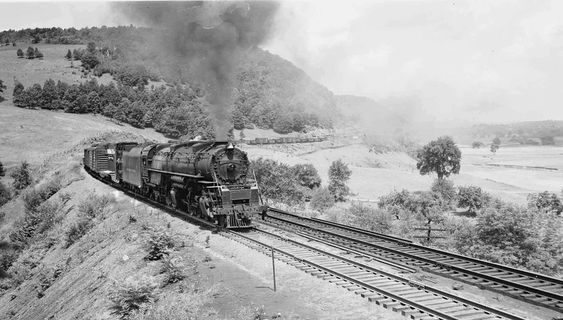
The D&H also ran around (40) Challengers. Here’s a pic of a Delaware & Hudson 4-6-6-4 pulling a freight train
But let’s go back to the early days of the D&H. This is the “Stourbridge Lion” one of the first two 0-4-0s built for the D&H in 1829. The “Stourbridge Lion” was built by Foster, Rastrick & Co. The boiler of this steamer still exists! I found this image (and several others below) at the Locomotive Wiki site – link: https://locomotive.fandom.com/wiki/Delaware_and_Hudson_Railway_Locomotives .
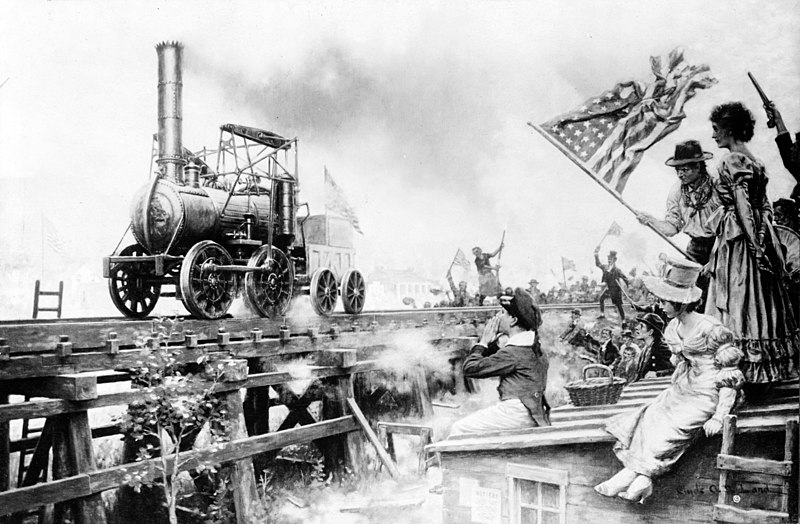
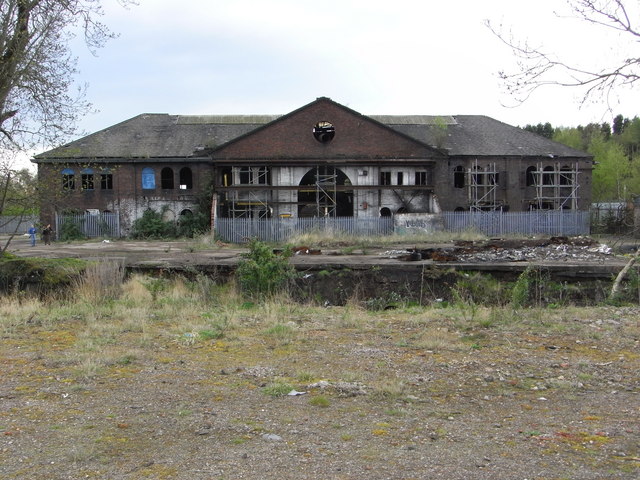
Foster, Rastrick and Company was one of the pioneering steam locomotive manufacturing companies of England. It was based in Stourbridge, Worcestershire, now West Midlands. James Foster, an ironmaster, and John Urpeth Rastrick, an engineer, became partners in 1816, forming the company in 1819. The company was dissolved on 20 June 1831. Here’s a modern pic of their foundry, built in 1821, in a rather derelict condition. This structure has recently been converted to a health center. Thanks to Wikipedia for this photo.
Getting back to the D&H, this is D&H #7, a Class B 0-6-0T tank engine built by Dickson in 1884. It lasted until scrapped in 1928. (John Shaw Collection)
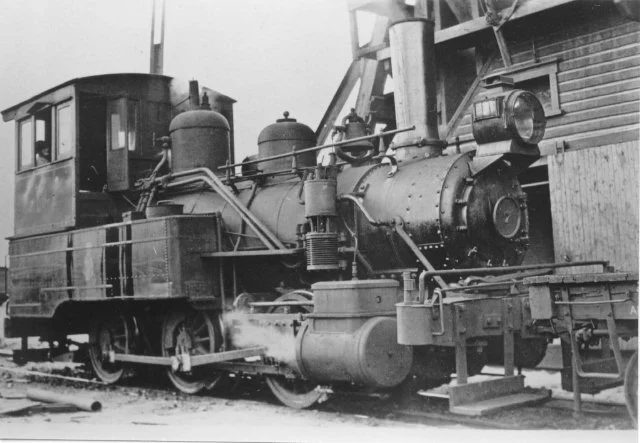
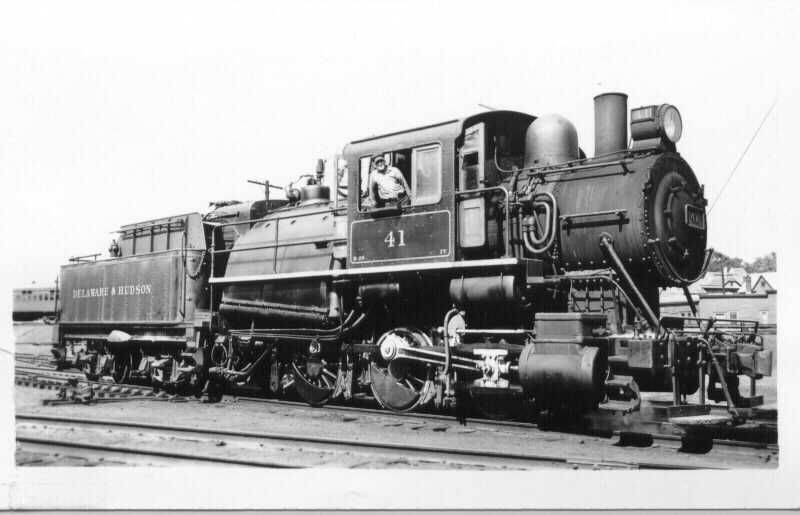
Here’s #41, an 0-6-0 camelback built by Alco just after the turn of the century. D&H had Alco build 27 of these class B-4a locomotives from 1903 to 1907
Check out D&H #901, Class E-42, Camelback 2-8-0 built by Alco around 1906. And look at the combine behind the loco.
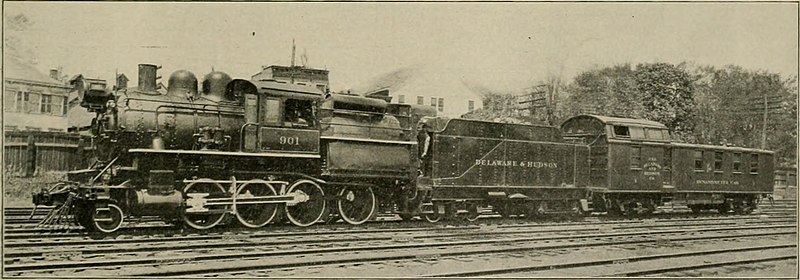
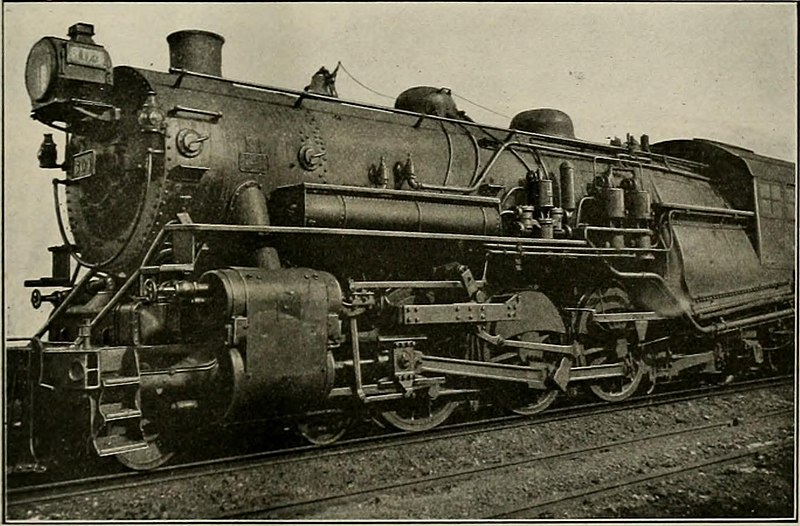
604 was a Class P Pacific, 4-6-2, built by Alco in 1914. Note the wide firebox like the Camelbacks. Anthracite coal was readily available for most of the Eastern railroads. The wide firebox allowed the locomotives to burn culm, a waste product created by the screening/sifting of the anthracite coal to remove dust and smaller particles. The wide firebox fit into the design of the Camelbacks just before the turn of the century, hence the popularity of Camelbacks with several Eastern railroads.
Here’s a more modern Pacific that still sports the wide firebox. D&H #653 was built jointly by Alco and D&H around 1931. Note the streamlining typical of the Art Deco years. #653 had two sister locomotives, #651 & #652. Interestingly, all three of the locos were built with different valve gear! #651 used Dabeg valve gear, #652 used the typical Walschaerts, while #653 used poppet valve.
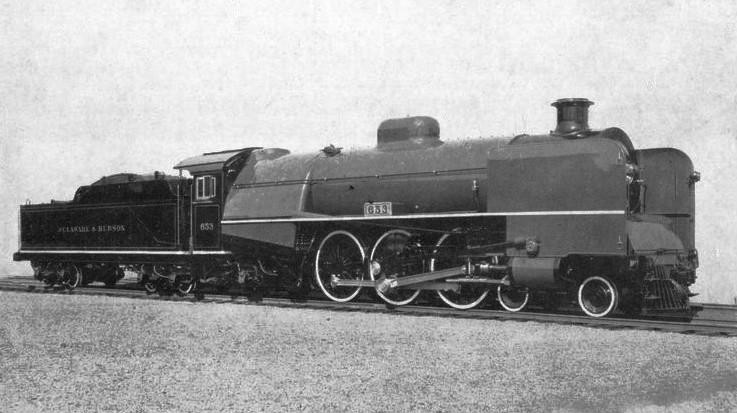

First we’ll take a look at the more common Walschaerts valve gear. (Wikipedia)
1.Eccentric Crank (Return Crank)
2. Eccentric Rod
3. Reach Rod
4. Lifting Link
5. Lifting Arm
6. Reverse Arm & Shaft
7. Link (Expansion Link)
8. Radius Bar
9. Crosshead Arm (Drop Link)
10. Valve Stem Guide
11. Union Link (Anchor Link)
12. Combination Lever
13. Valve Stem
14. Valve Spindle
Here’s a pic of Dabeg valve gear. (Wikipedia) Dabeg is a form of cam-actuated poppet valve gear. They used a desmodromic (I had to look that term up – reciprocating) linkage to both open and close the valves, rather than relying on springs, weight or steam pressure. Note the cam mechanism on the valve box. This gave precise timing over valve events, however it could also give rise to high forces against the valve seats owing to thermal expansion with superheated steam, and there being no free movement to absorb this. They also did not have the easy free-running of other gears when coasting, where the valve could fall away from the seat and allow free gas flow. I couldn’t find a good picture of #653’s poppet valve valve gear, but it worked similar to the Dabeg. Look at #653 (above) and the cam on the exterior of the valve box at the lower part of the front cowling.
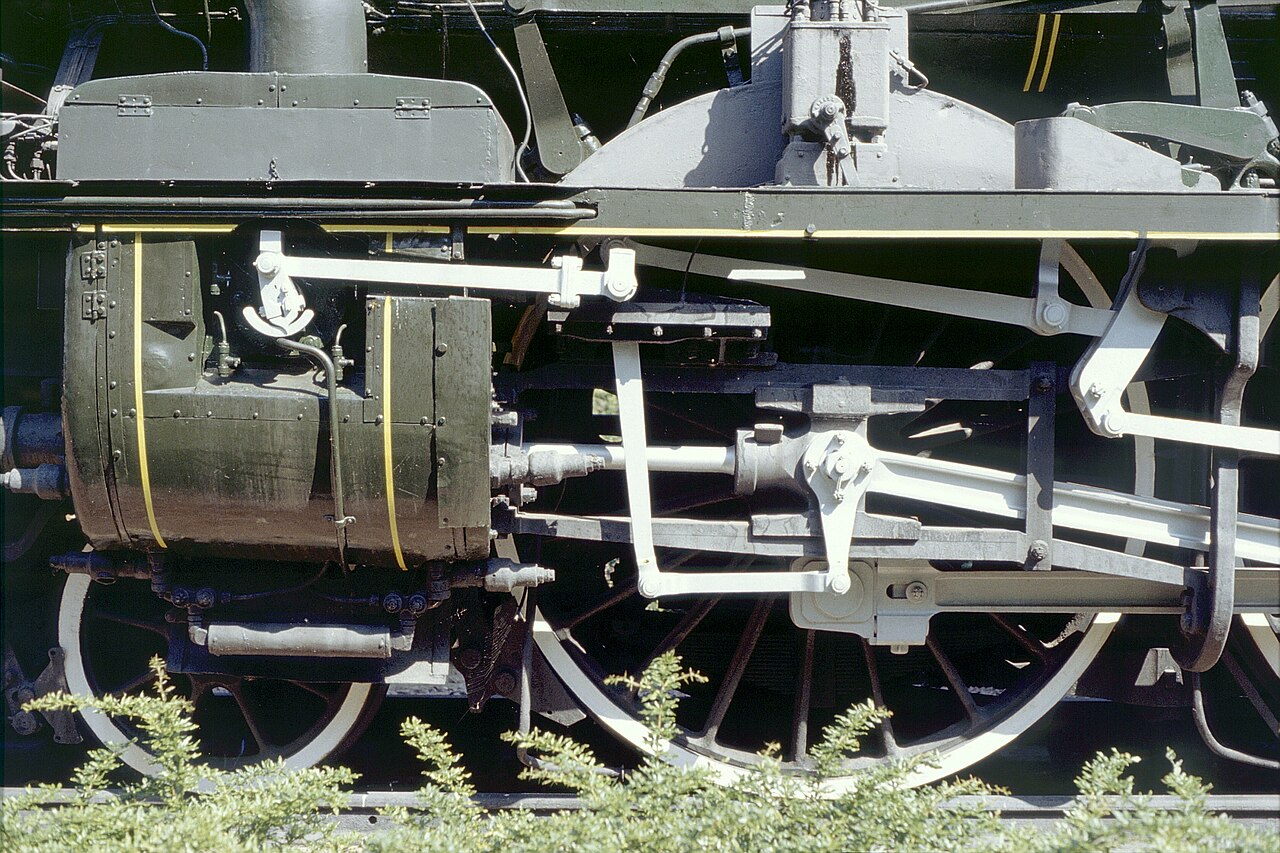
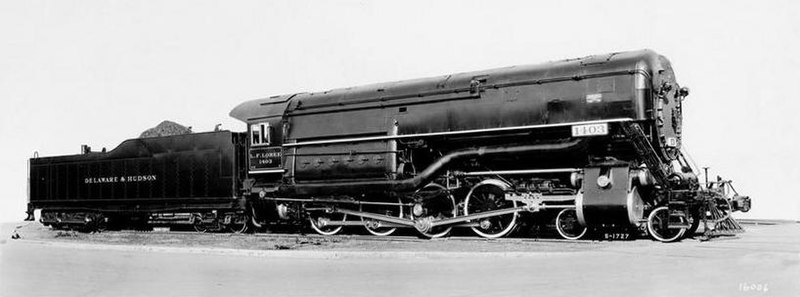
D&H #1403, named L. F. Loree, was an experimental steamer built by Alco in 1933. It is referred as a four-cylinder, triple expansion steam engine. The high-pressure locomotive (designed for freight) ran with its boiler pressure at 500 lbs. It had four cylinders at each of its four lower corners, one of which use steam at 500 lbs pressure, one at 290 lbs and two at 145 lbs. For a more detailed description, check out this link: https://www.railarchive.net/centprog/lf_loree.htm . The L. F. Loree was an idea that appeared too late. With its 63-inch drivers and its high tractive effort — a total of 108,000 pounds maximum with all cylinders using fresh steam and the tender booster cut in — it was essentially a low-speed freight engine. By 1933 the cutting edge of steam locomotive design was moving in another direction, toward “superpower” high-horsepower locomotives capable of both freight and passenger service, like the 4-8-4s (Northerns) and 4-6-6-4s (Challengers). Note that #1403 also had a Dabeg or poppet valve valve gear.
Besides around (40) Challengers, the D&H ran (15) 4-8-4s. But instead of calling their 4-8-4s Northerns, they were called Laurentians. This is D&H #300, the first of the Class K Laurentians built by Alco in 1943.
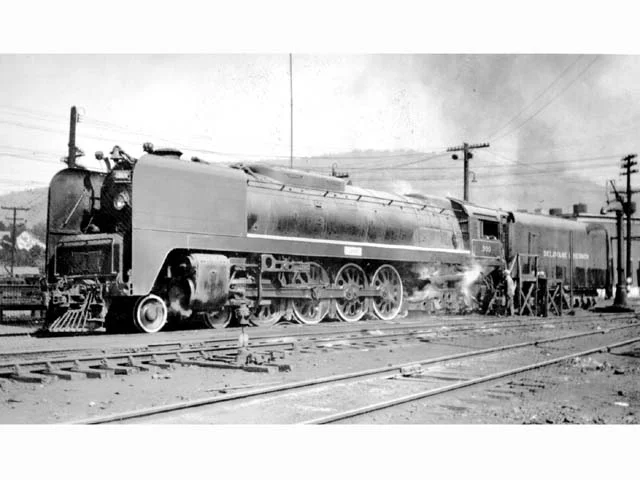
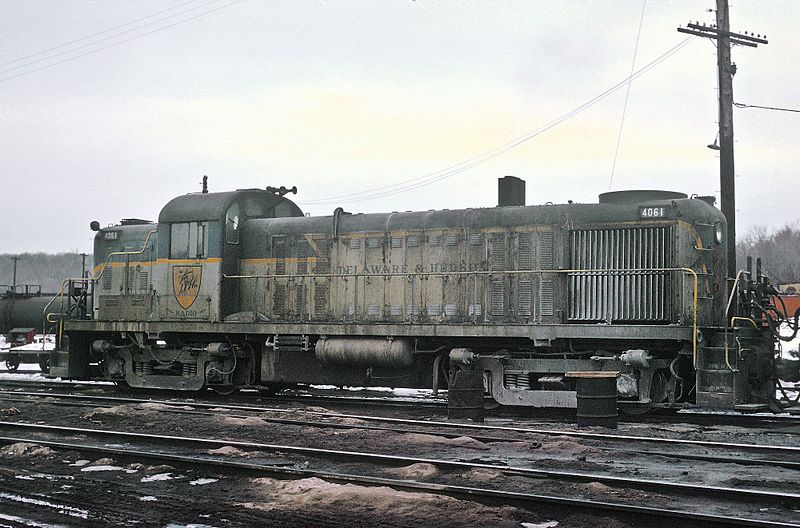
As the D&H moved to the diesel era, it started with Alco RS-2s and RS-3s. Here’s D&H #4061, an RS3. If it wasn’t for the heavy weathering, the paint scheme would look nice! They would continue to purchase RS-2/3s
I found these comparative figures of the D&H (comparative figures are for 1929 and 1983):
Route-miles: 898; 1581
Locomotives: 445; 134
Passenger cars: 374; (Amtrak era)
Freight cars: 15,735; 4341
Headquarters city: Albany, N.Y.
Special interest group: Bridge Line Historical Society, P.O. Box 13324, Albany NY 12212; www.bridge-line.org
Source: The Historical Guide to North American Railroads (Kalmbach, 1999).
Thx,
Kevin
